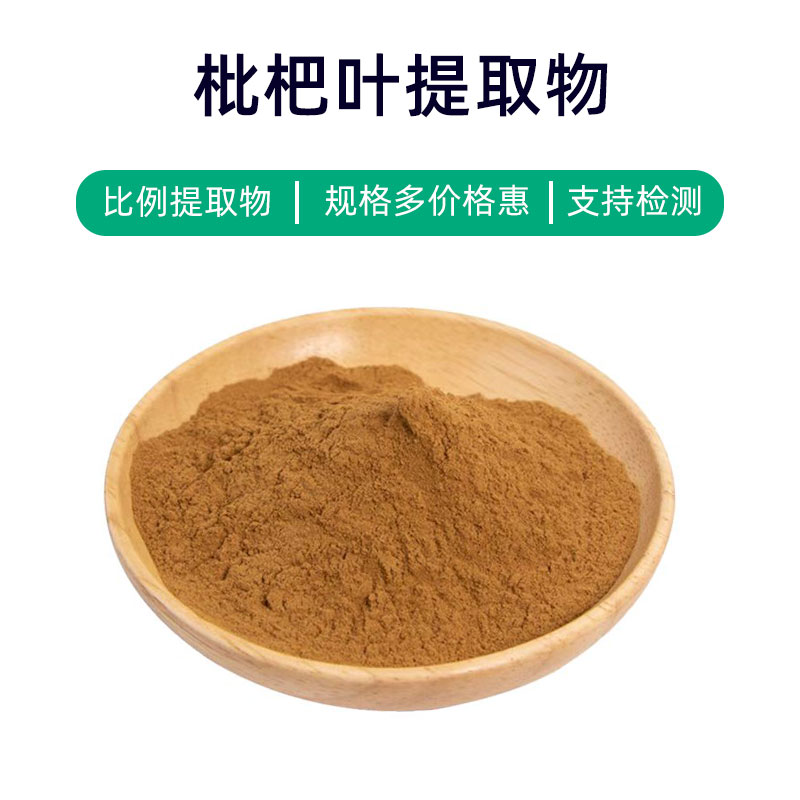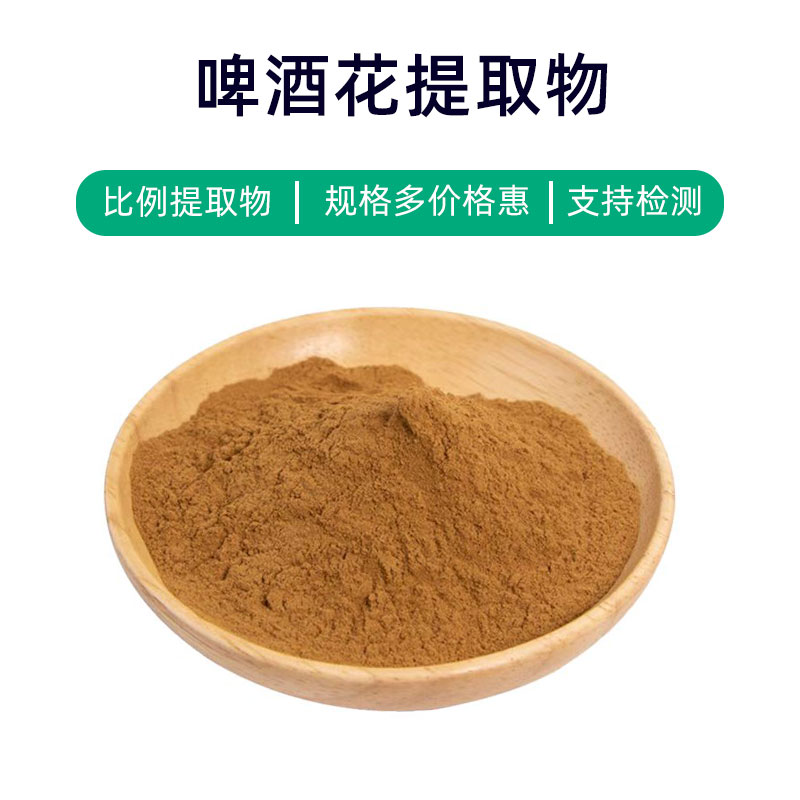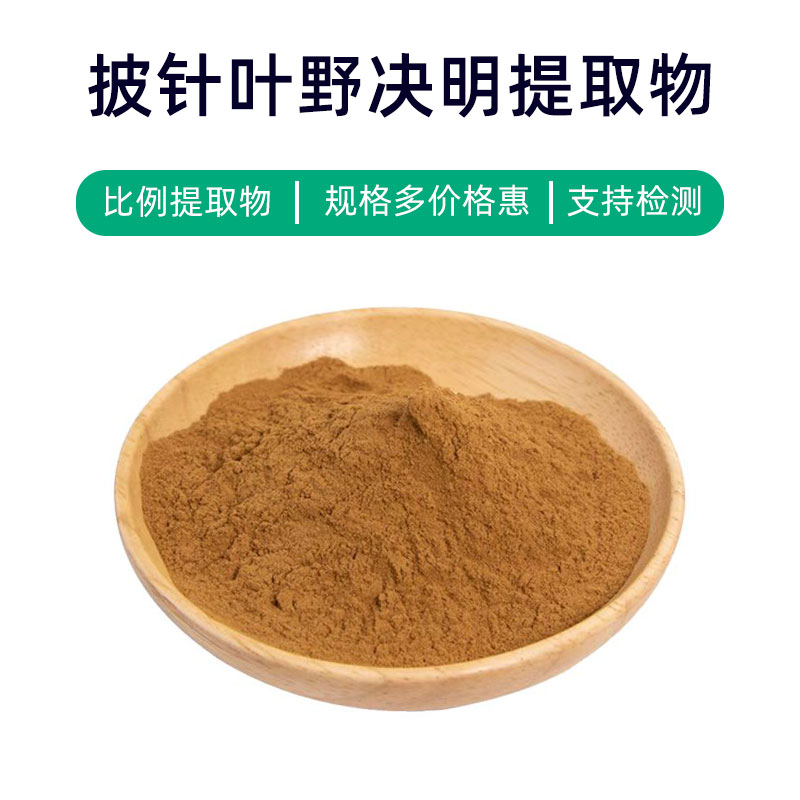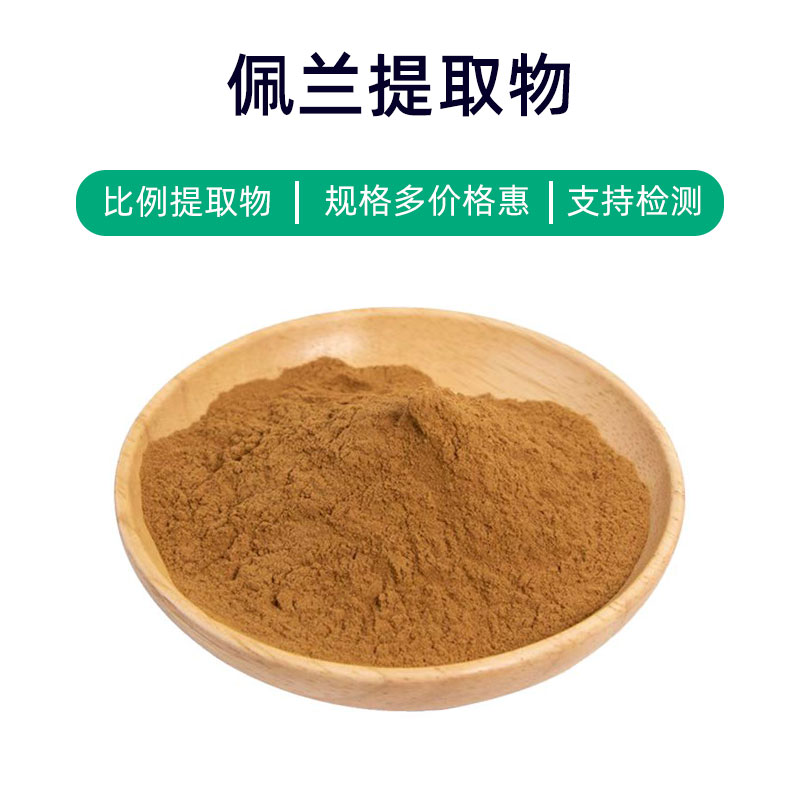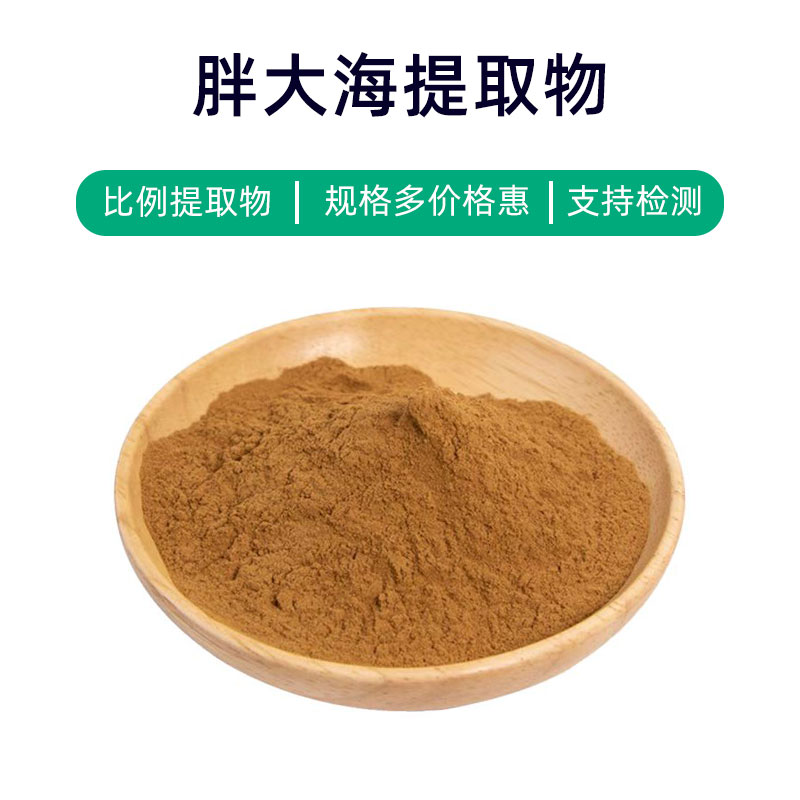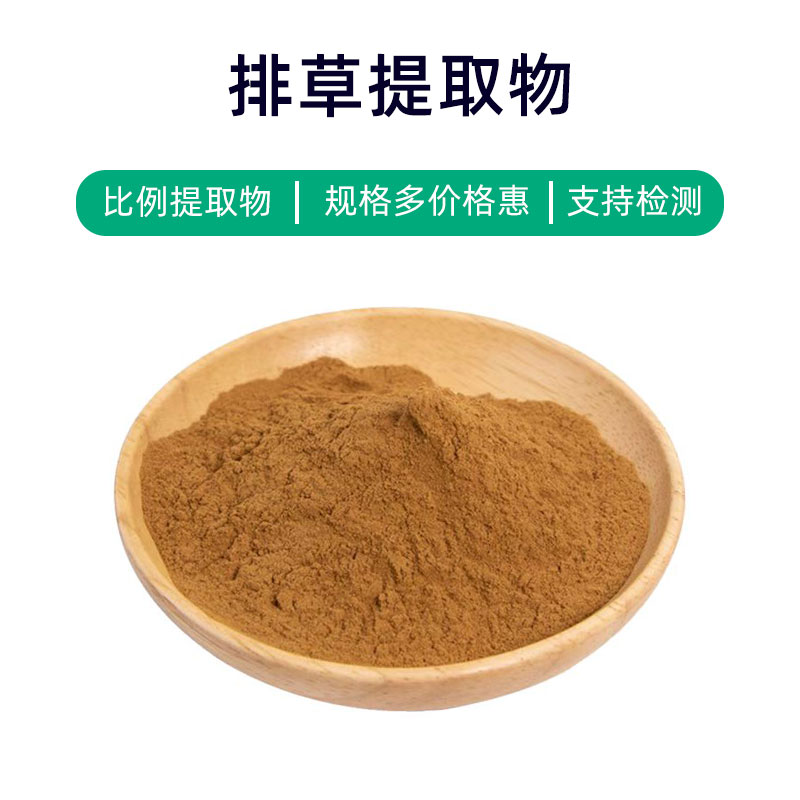Acanthopanax Extract Product Overview
Acanthopanax extract is a natural plant product derived from Acanthopanax senticosus. Its key ingredients include polysaccharides, triterpenoid saponins, flavonoids, and polyphenols, contributing to various benefits and applications.
Initially, Acanthopanax extract is widely used in the dietary supplement sector. Components like polysaccharides and triterpenoid saponins help enhance immunity, improve stamina, and increase fatigue resistance, making it a staple in formulas aimed at boosting immune function and physical resilience.
Secondly, in the pharmaceutical domain, flavonoids and polyphenolic compounds boast antioxidant, anti-aging, and anti-inflammatory properties, aiding in the preparation of drugs that assist in treating chronic conditions or improving general health.
Moreover, Acanthopanax extract is frequently found in cosmetics. Its polysaccharide content provides moisturizing and skin-nourishing benefits, enhancing skin texture and delaying aging.
Overall, as a natural plant extract, Acanthopanax shows immense potential in various fields including dietary supplements, pharmaceuticals, and cosmetics.
Acanthopanax Extract Production Process
The production process of Acanthopanax extract generally includes the following steps:
- Raw Material Preparation: Select high-quality Acanthopanax, primarily using its roots and stems. The raw materials require cleaning, chopping, and other pre-treatment to facilitate the subsequent extraction.
- Extraction: Mix the prepared Acanthopanax materials with an appropriate solvent (such as water or ethanol) in an extraction tank, and conduct the extraction under specified temperature and time conditions. Common extraction methods include soaking, boiling, and ultrasonic extraction to extract active components.
- Filtration and Concentration: Filter the liquid obtained from extraction to remove solid impurities, then concentrate it to eliminate solvents and moisture, yielding a more concentrated product.
- Separation and Purification: Separate and purify the concentrated liquid to remove impurities and enhance product purity and quality.
- Drying: Dry the purified product to reduce its moisture content to a suitable level for storage and transport.
- Grinding: Grind or mill the dried product to achieve uniform particle size for further processing and use.
- Packaging: Package the crushed Acanthopanax extract using appropriate materials and methods to ensure product quality and safety.
- Quality Inspection: Conduct quality checks on the packaged product to ensure it meets relevant standards and quality requirements.
Each step in the production process must be tightly controlled to ensure the final product’s quality and stability.
Acanthopanax Extract Benefits and Side Effects
As a natural plant extract, Acanthopanax offers various benefits, primarily including the following:
- Immune Regulation: Acanthopanax extract is rich in polysaccharides and triterpenoid saponins, which can modulate immune system functions, enhance body immunity, and help prevent infections and diseases.
- Anti-Fatigue and Stamina Boosting: Acanthopanax extract helps reduce fatigue, enhance physical strength and endurance, and improve the body's ability to adapt to stress.
- Anti-Aging and Antioxidant Effects: With its abundant flavonoids and polyphenols, Acanthopanax extract can eliminate free radicals, delay cell aging, and protect cells from oxidative damage.
- Nerve Protection: Research indicates that the active components in Acanthopanax extract have protective effects on the nervous system, improving its function and safeguarding nerve cells from damage, potentially preventing or delaying neurodegenerative diseases.
- Cardiovascular Function Regulation: The active components in Acanthopanax can adjust cardiovascular system functions, helping to lower blood lipids and blood pressure, promoting heart health, and aiding in the prevention and treatment of cardiovascular diseases.
- Anti-Inflammatory and Antibacterial Properties: Acanthopanax extract exhibits certain anti-inflammatory and antibacterial effects, helping to inhibit inflammatory responses and bacterial infections.
- Blood Sugar and Lipid Regulation: Active components in Acanthopanax can help regulate blood sugar and lipid levels, assisting in the prevention and treatment of diabetes and hyperlipidemia.
- Digestive System Improvement: Polysaccharides and triterpenoid saponins in Acanthopanax promote digestive fluid secretion, enhance gastrointestinal peristalsis, and improve digestive system functions.
While Acanthopanax extract has numerous benefits, individual responses may vary, and a small number of people may experience allergies or adverse reactions. Therefore, it is advisable to consult a physician or professional before use.
Acanthopanax Extract Applications and Dosage
Acanthopanax extract, rich in nutrients and beneficial properties, finds wide applications in the fields of medicine, food, and cosmetics.
Medical Applications:
- Immune Regulation: Acanthopanax extract is often used in medicine as an immune regulator, helping to modulate immune system functions and enhance resistance. Typical dosage involves oral administration, with each dose tailored based on individual needs and product instructions, usually taken 1-3 times daily at 500-1000 mg each time.
- Nerve Protection: This extract also has applications in adjunctive therapy for certain neurological conditions. Common forms include oral liquids and tablets, with dosage and frequency determined by medical advice.
Food Applications:
- Functional Foods: Acanthopanax extract can be incorporated into functional foods, such as dietary supplements and nutritional products. Generally, the recommended dosage is 3-5 grams daily, adjusted according to the product's formulation and preparation requirements.
- Seasonings: Its unique aroma and flavor make Acanthopanax extract suitable for producing flavorings, such as sauces and seasonings, usually used at no more than 5% of the total recipe.
Cosmetic Applications:
- Skincare Products: Due to its moisturizing and antioxidant properties, Acanthopanax extract is frequently included in skincare formulations like creams and serums. Dosage typically varies according to product needs, applied in moderation to the skin.
- Hair Care: Acanthopanax extract is also valuable in hair care products, commonly found in shampoos and conditioners. Dosage should be based on hair length and density, applied as needed and thoroughly rinsed.
As a natural plant extract, Acanthopanax has diverse applications across medicine, food, and cosmetics, with promising prospects. Usage should follow product guidelines and professional recommendations for optimal effectiveness.
Acanthopanax Plant Source, Distribution, and Growth Environment
Acanthopanax (Acanthopanax senticosus), also known as Siberian ginseng, is a perennial herbaceous plant belonging to the Araliaceae family and the Acanthopanax genus. Below is a detailed description of the source plant, distribution, and growth environment of Acanthopanax extract:
Source Plant Overview:
Acanthopanax is a tall shrub, reaching heights of 3-4 meters with multiple branching, spiny stems. The leaves are palmate compound leaves with 5-7 leaflets, small yellow-green flowers, and spherical to oval-shaped berries that turn black when ripe.
Distribution:
Acanthopanax is primarily distributed in Northeast Asia, including Northeast China, the Russian Far East, and the Korean Peninsula. In China, it is mainly found in the mountainous regions and forest undergrowth of Heilongjiang, Jilin, and Liaoning provinces.
Growth Environment:
- Geographical Environment: Acanthopanax thrives in mountainous areas at elevations between 500 to 1500 meters, adapting well to cold climatic conditions. It is commonly found in mountainous areas, foothills, and coniferous forests in Siberia.
- Climatic Conditions: Acanthopanax prefers a humid climate, capable of withstanding low temperatures and drought while being sensitive to high temperatures and intense sunlight.
- Soil Requirements: Acanthopanax is not particularly demanding regarding soil conditions but prefers loose, well-drained soils. It has low requirements for soil fertility and displays strong adaptability, commonly found in mountainous, forested, and grassy terrains.
- Growth Habits: Acanthopanax is a cold-resistant plant, thriving in cold winter climates; its leaves fall in winter but quickly regrow in spring. Its growth rate is relatively slow, typically taking several years to mature.
In summary, Acanthopanax is a perennial herbaceous plant adapted to cold climates, primarily distributed in the mountainous, forested, and grassy regions of Northeast Asia. Its moderate requirements for soil and climate, along with strong adaptability, make it an important medicinal plant resource.
Acanthopanax Extract Processing and Storage
The processing of Acanthopanax extract typically involves the following steps: First, fresh Acanthopanax is harvested, then cleaned and chopped to prepare for extraction. Next, effective extraction methods (such as water or alcohol extraction) are employed to extract the active components from the plant. After extraction, the liquid is filtered and concentrated, leading to the final Acanthopanax extract. When storing, the extract should be kept in a dry, cool place away from direct sunlight and high temperatures to maintain quality. Sealing prevents moisture from affecting the product, prolonging its shelf life.
Monica Sun is a seasoned expert in the plant extraction industry with over a decade of experience in research and production. She specializes in the extraction and purification of plant active ingredients, focusing on driving innovation in natural product applications. Monica has participated in the development of multiple functional plant extracts, delivering high-value natural raw material solutions for the health food, pharmaceutical, and dietary supplement sectors.









